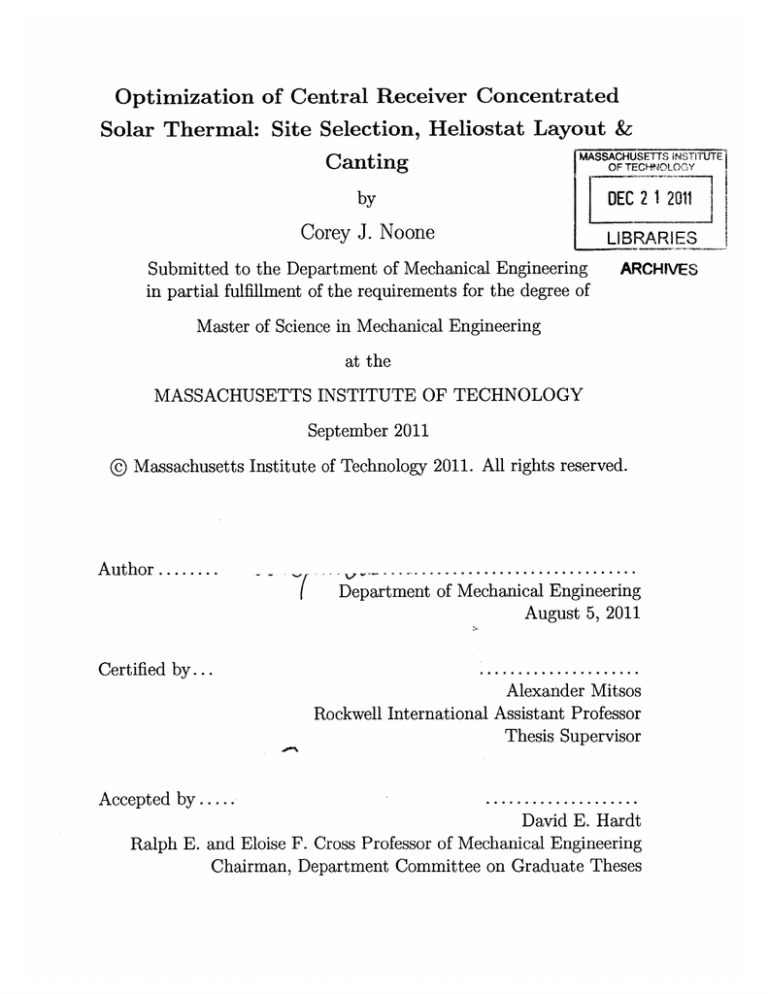
Andasol I, which was the first parabolic trough power plant in Europe (NREL 2015), came into opera- tion on 26 November 2008. However, the PTC technology deployment that took place in Spain from 2008, was possible because of this framework. According to this new legislation, the remuneration was reduced to 80% of its initial value after 25 years of operation (Mart´ın et al. Two alternatives were available: regulated tariff 1 or the negotiated pool price plus a premium. This new RD was in effect during the period of the boom of CSP sector.

Hybrid production was allowed (natural gas or propane) provided that fuel consumption did not exceed 15% of production and several modifications of this RD were applied until it was repealed by the following RD 661/2007 in May 2007 (RD 661/2007 of ).

It was based on the average electricity tariff, so that remuneration consisted up to 300% of it for the first 25 years. The entry into effect of this RD, introduced alternative remuneration policies for CSP plant selling electricity to the grid. Sub- stantial changes in the economic and legal framework started from the Royal Decree (RD) 436/2004 (RD 436/2004 of 12 March 2004). It was in line with the European goal of covering 12% of the European Union’s gross inland energy consumption with renewable energies by 2010 (European Comission 1997). A new package of legislation was gradually approved in Spain. It was in the period from 2008 to 2013 when the CSP installed capacity growth was by 50% on average per year, so that in the end of this period, Spain ac- counted for 67% of the cumulative installed capacity worldwide (Mart´ın et al. This country was the next hub in the deployment of CSP, particularly in the case of PTC technology. All the know-how gathered in the SEGS plants would be useful for the future deployment of such technology in Spain.


 0 kommentar(er)
0 kommentar(er)
